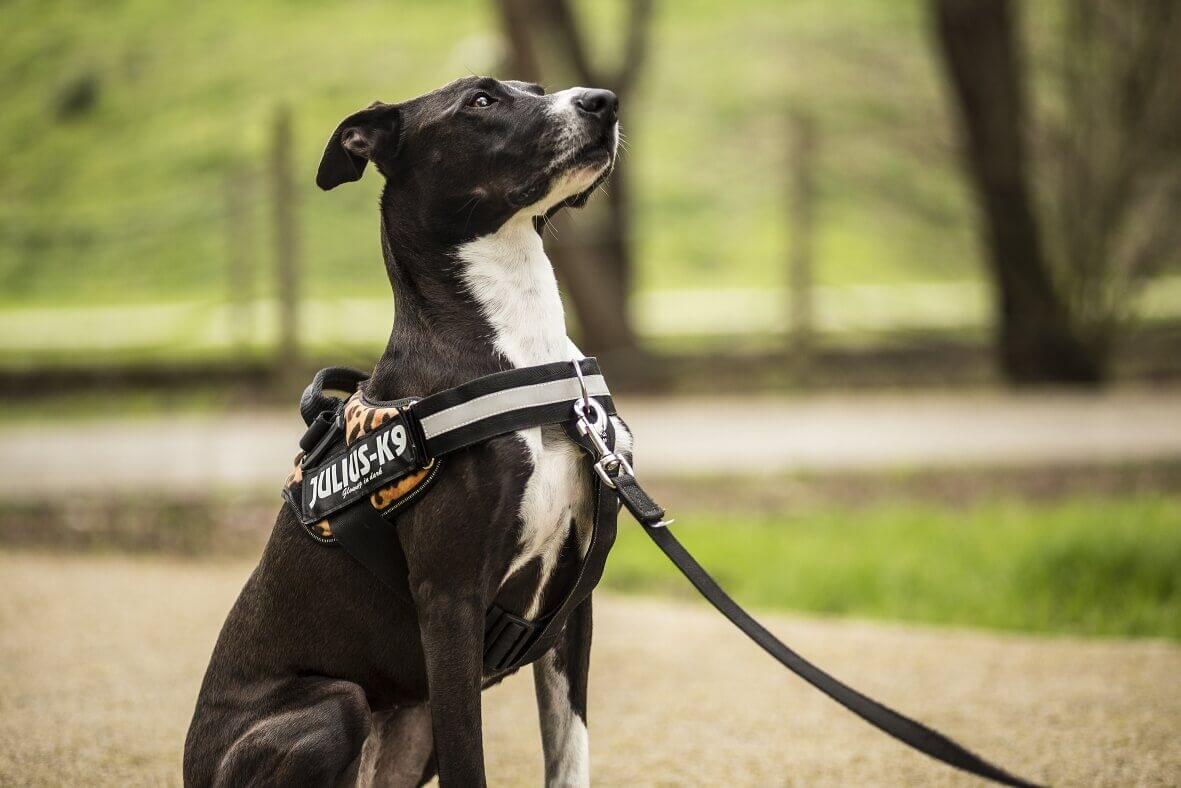
How to Repair a Damaged Collar for Your Pet?
Share
As a health-conscious pet owner, ensuring that your furry friend's collar is in top condition is essential. A damaged collar not only poses a safety risk but can also cause discomfort to your pet. In this guide, we will explore the steps needed to repair a collar, ensuring it remains safe and comfortable for your beloved pet.

Understanding the Importance of a Well-Maintained Collar
The collar is more than just an accessory; it is a vital tool for identification and safety. A sturdy collar can help prevent your pet from getting lost and can serve as an anchor for a leash during walks. Regular maintenance of the collar is crucial. For more on the significance of collars in pet care, you can visit The History of Dog Collars.
Identifying the Damage
Before commencing repairs, it is important to thoroughly inspect the collar. Look for signs of wear and tear such as frayed edges, broken buckles, or damaged D-rings. Identifying the problem areas will help you determine the necessary tools and materials required for the repair.
Common Collar Damages
Some common issues that pet owners encounter include:
- Frayed or torn fabric
- Broken or bent metal components
- Loose or missing stitching
If you are unsure about the safety implications of these damages, you can check out Is It Safe to Leave a Collar On 24/7?.
Gathering the Necessary Tools and Materials
Once the damage is identified, collect the necessary tools and materials. For fabric repairs, you might need a needle, thread, or fabric glue. For metal components, pliers and replacement parts such as buckles or D-rings may be required.
Choosing Quality Materials
When repairing a collar, it is important to use high-quality materials to ensure longevity and durability. Opt for strong threads and sturdy metal parts that can withstand daily wear and tear.
Step-by-Step Repair Guide
With the tools at hand, follow these steps to repair the collar:
Repairing Fabric and Stitching
1. Clean the collar to remove any dirt or debris. 2. Trim any frayed edges with scissors. 3. Sew the torn areas using a strong needle and thread or apply fabric glue for minor damages. 4. Reinforce weak points by adding extra stitches.
Fixing Metal Components
1. Remove the damaged metal parts using pliers. 2. Replace with new buckles or D-rings, ensuring they are securely fastened. 3. Check the overall structure for stability.
Ensuring a Safe Fit
After repairing the collar, it is crucial to ensure it fits your pet properly. The collar should be snug, yet comfortable, allowing two fingers to fit between the collar and the pet's neck. For more tips on ensuring a safe and comfortable fit, visit Wedogy: Adjust Dog Collar.
Conclusion
Repairing a damaged collar is a rewarding task that ensures your pet's safety and comfort. Regular maintenance and prompt repairs can extend the life of your pet's collar, making it a reliable tool for everyday use. For further insights into dog collars and their role in pet care, explore The Role of Collars in Tracking Lost Pets.

Frequently Asked Questions
How often should I inspect my pet's collar?
It is advisable to inspect your pet's collar at least once a month to check for signs of wear and tear. Regular inspections can help identify issues early on, allowing for timely repairs.
Can I repair a leather collar at home?
Yes, leather collars can be repaired at home. Use leather glue for small tears and a leather conditioner to maintain its suppleness. For significant damages, consider seeking professional help.
Is it safe to use fabric glue on my pet's collar?
Fabric glue can be a safe option for minor repairs. Ensure the glue is non-toxic and fully dried before placing the collar back on your pet. Always monitor your pet for any allergic reactions or discomfort.
This article contains affiliate links. We may earn a commission at no extra cost to you.
